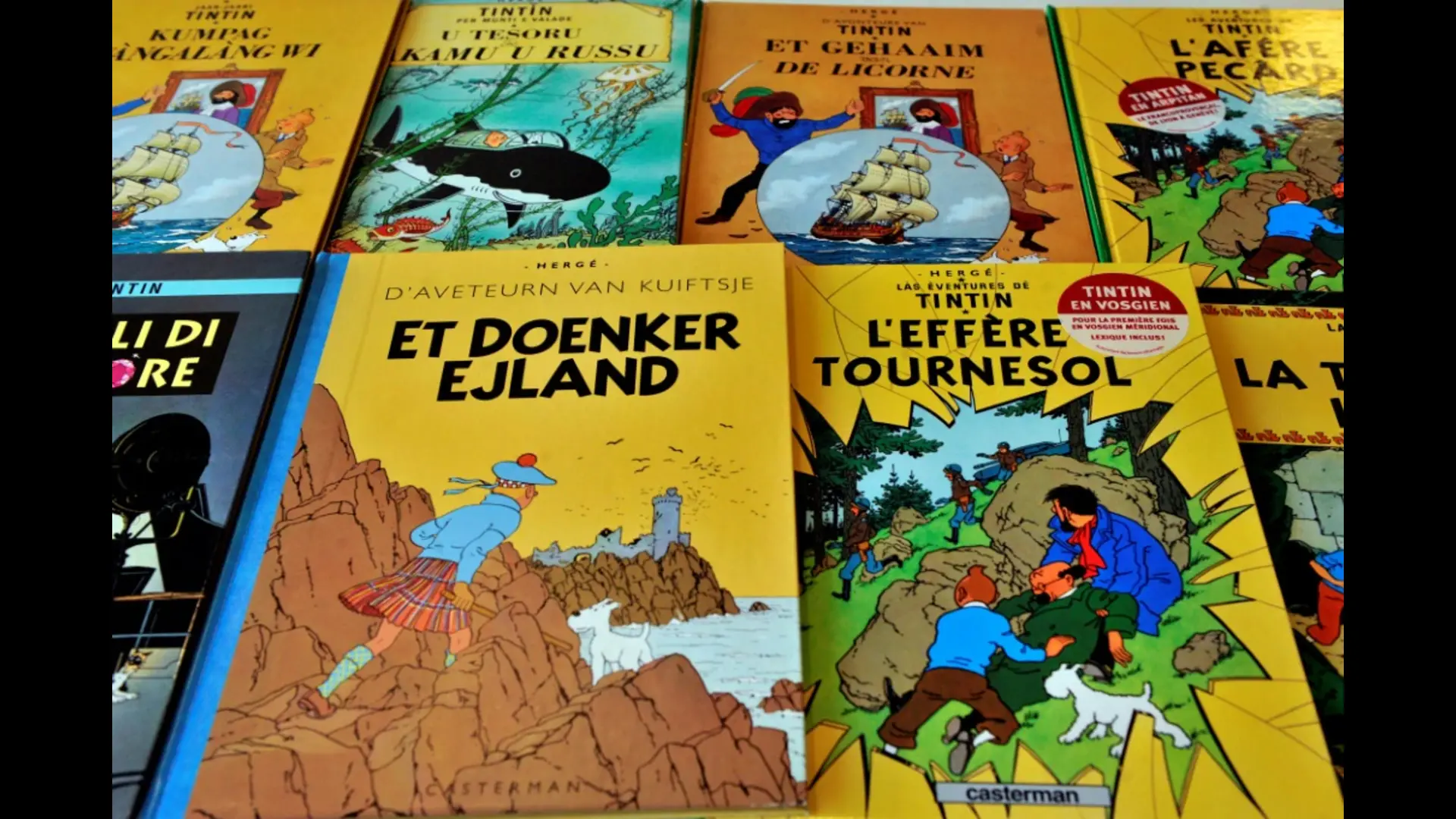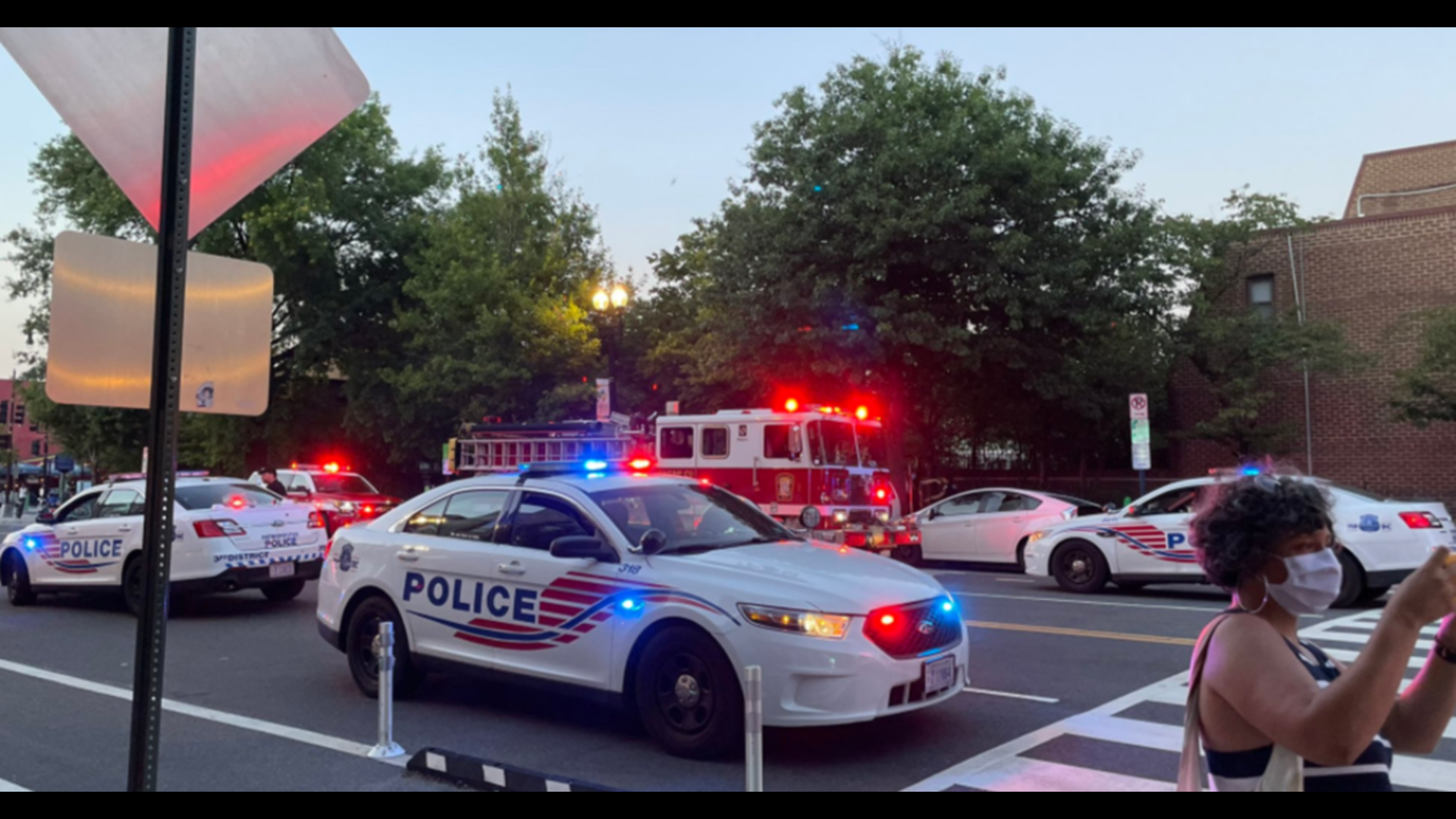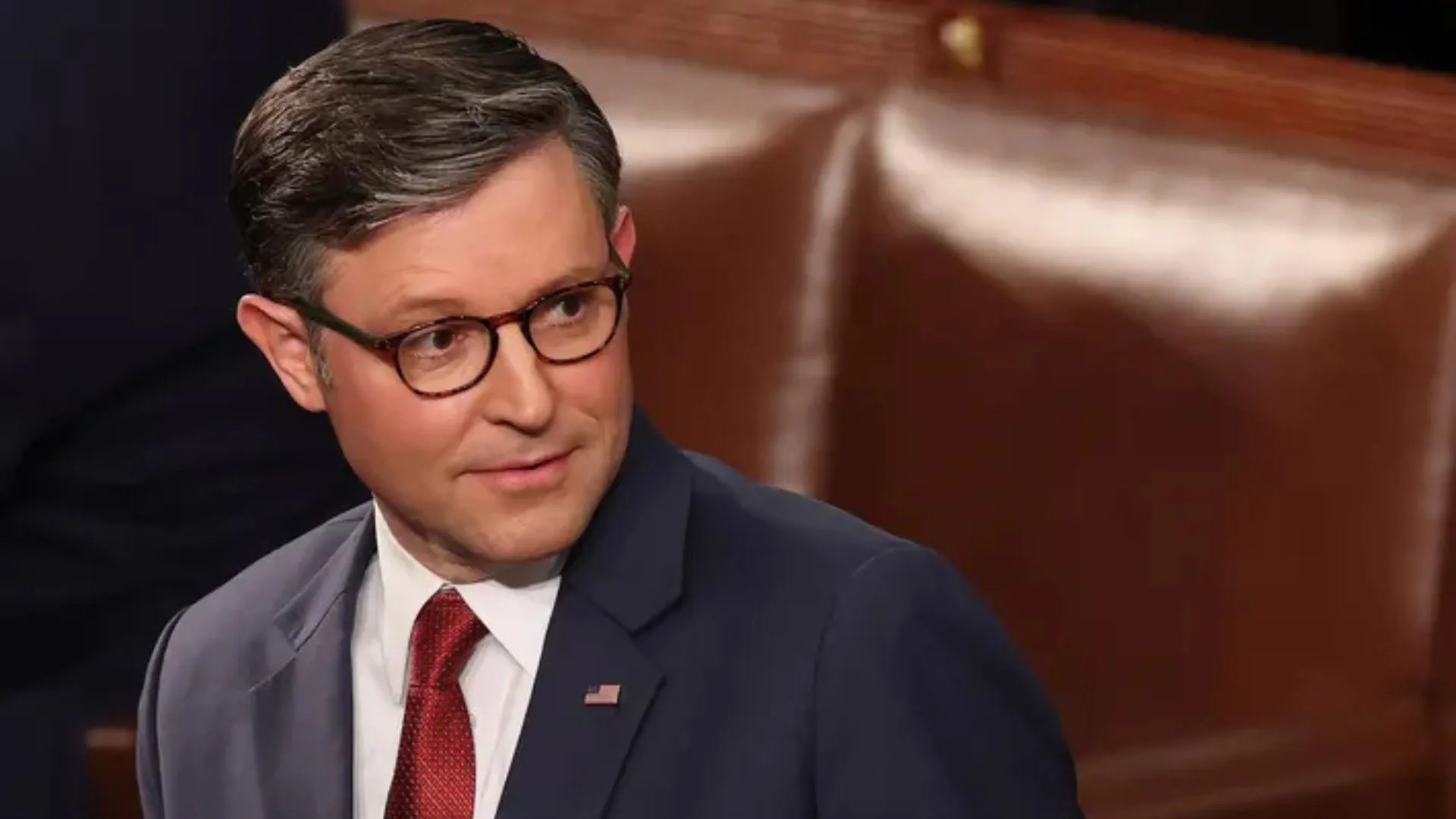Starting January 1, 2025, thousands of artistic works will enter the public domain in the United States, allowing them to be freely copied, shared, and adapted without requiring permission or royalties. Under US copyright law, books, films, and other creative works lose copyright protection after 95 years, while sound recordings from 1924 or earlier also become copyright-free.
This year’s collection features iconic cultural figures, including Tintin, the beloved comic character who first appeared in a Belgian newspaper in 1929, and Popeye the Sailor, created by cartoonist Elzie Crisler Segar. The Center for the Study of the Public Domain at Duke University, North Carolina, has released a list of works whose copyrights expire in 2025. Past additions have included characters like the original Mickey Mouse, Winnie-the-Pooh, and the final Sherlock Holmes stories.
In 2025, additional elements of Mickey Mouse’s 1929 design, along with the earliest versions of Tintin and Popeye, will join the public domain.
Literary works entering the public domain include:
- A Farewell to Arms by Ernest Hemingway
- The Sound and the Fury by William Faulkner
- A Room of One’s Own by Virginia Woolf
- The first English translation of All Quiet on the Western Front by Erich Maria Remarque
Classic films also joining the public domain include Alfred Hitchcock’s Blackmail and John Ford’s The Black Watch, his first sound film. Musical compositions such as Maurice Ravel’s Bolero and George Gershwin’s An American in Paris, published in 1929, will lose their copyright, though only recordings from 1924 or earlier will be publicly accessible. These works’ transition to the public domain marks an opportunity for creative reinterpretation and greater accessibility for all.






















